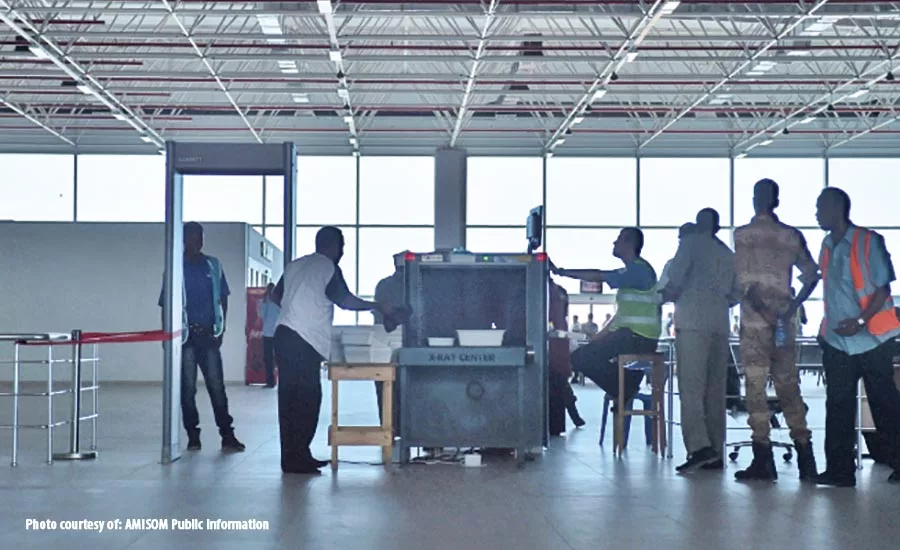Radiation Exposure Guidelines to Be Created

AMISOM Public Information
Combatting drug trafficking at ports, screening passengers at airports, determining the age of immigrants who have lost their passports: these are among the areas where radiation is used for human imaging for non-medical purposes. As more people become exposed to radiation in this way, the International Atomic Energy Agency (IAEA) has been requested to create international guidelines to limit their exposure.
Experts from 29 countries and two international organizations gathered at the in late January to work on the preparation of the guidelines, which are expected to be published as an IAEA Safety Guide next year.
Human imaging using ionizing radiation has been widely used in medicine for decades. In recent years, with an increase in demand for security, a greater number of countries have begun to introduce human imaging for non-medical purposes. What makes this type of imaging somewhat controversial is that it is carried out without any clinical symptoms of disease and often without any medical benefit to the individual. Furthermore, it may be carried out on minors without parental consent and, as in the case of some security screening, even without the individuals being aware of the exposure.
At a meeting in January, participants discussed risks, dose limits, justification of non-medical human imaging practices, procedures and optimization for protection and the safety of people who are undergoing such procedures. In addition, they exchanged opinions and views on strengthening collaboration among governments, regulatory bodies and operators.
Questions on justification were also discussed at length: while sometimes there can be benefits to the individual from the exposure, in other instances the benefit is to society only. Participants also considered the issue of using radiation when other technologies not involving radiation are available.
Looking for a reprint of this article?
From high-res PDFs to custom plaques, order your copy today!






